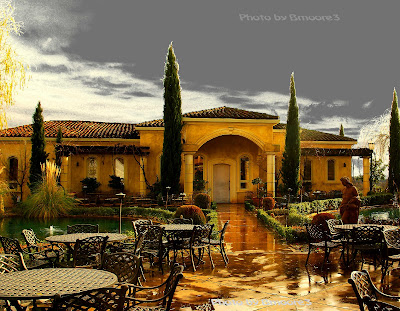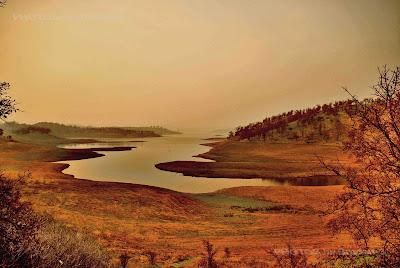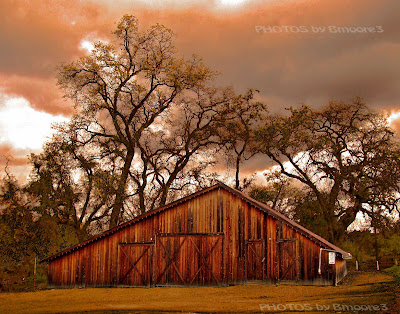 Black and white photography can give you a different perspective on life and how we view it. It can be stark and ominous, or it can (even in its opposite light forms) be warm and inviting. Bodie, California affords you more than a days worth of shots. This shoot can be done in a day; however it will take more than day to get in a days worth of discovery and memories. Get their as early in the morning as you can (may want to come up the day before and spend the night in Bridgeport). Winter is rather a tough time to visit this old California ghost town (someday I’d like to try that), but I find the spring and fall to be the most hospitable times to visit. Summer can be hot and windy.
Black and white photography can give you a different perspective on life and how we view it. It can be stark and ominous, or it can (even in its opposite light forms) be warm and inviting. Bodie, California affords you more than a days worth of shots. This shoot can be done in a day; however it will take more than day to get in a days worth of discovery and memories. Get their as early in the morning as you can (may want to come up the day before and spend the night in Bridgeport). Winter is rather a tough time to visit this old California ghost town (someday I’d like to try that), but I find the spring and fall to be the most hospitable times to visit. Summer can be hot and windy.This old car was a subject I spent some time with; first in color, then in black and white. The color was nice; however, when I started converting over to black and white, I saw a different side of this car I had not expected to see. Because of the various shades in the photo I imagined it was alive and waiting to be taken for a ride. Here you can see the dim lights of its low beam begging to light the way out of this old forgotten town. All this happened on September 12, 2007 (about 11:12 A.M.). This was a hot and dry day without a cloud in the sky.
Bodie is a small state park on the eastern side of the Sierra Mountains. It’s just north of Lee Vining (near Mono Lake) and south of Bridgeport, California on Hwy. 395. It’s not on the main highway, so you have to look for the turnoff or you’ll miss this great experience. There is a small (dirt type road that the State of California has named State Route 270) that takes you from Hwy. 395 to the town of Bodie (Bodie State Historic Park)… There are several old cars near the cross section of Union Street and Park Street. Don’t worry about missing them; if you’re in Bodie you can’t miss them.
Well, I shot this picture with my Pentax K10D with an ISO speed rate of 200. I shot at 1/350 second with the F-stop at 9.5. Lens focal length was 73mm (from about 25 feet away) – that a focal length in 35mm film of 109mm. I had the sun almost directly over my back and I used a polarizing filter to get the sky to darken a little (it was almost powder blue and very flat without it).

------Car as first shot.

Car as art..................














